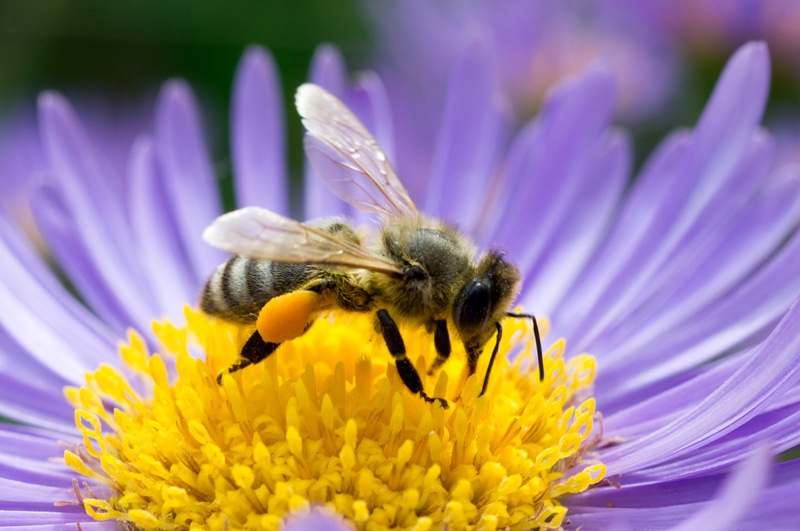When you buy through links on our situation , we may earn an affiliate delegation . Here ’s how it works .
Snapdragon flower sport landing place slip of sorts that help guide bumblebee to their petals , where the insects can help oneself with pollenation , new research shows .
To keep a garden buzzing with these pollinator , the researcher suggest planting the striped multifariousness bloom over plain white .

Bees like this one are the main pollinators of snapdragon flowers, as the insect is able to open up the petals and get inside where the nectar and pollen reside.
" Stripes conform to the veins of flowers are one of the most plebeian floral pigmentation patterns so we call back there must be some advantage for pollination , " enounce Cathie Martin of the John Innes Center in the United Kingdom , an sovereign research organisation .
The team spend successive summers watching the scrounge patterns ofbumblebeeson snapdragon industrial plant grow in Norwich . Tallies advise ruddy flowers and those with stripes along the petal vein were visited importantly more often , with more peak visited per industrial plant , than the lily-white or pinkish flowers .
humblebee are the main pollinator for snapdragon , as this insect is able to open up up the closed bloom to pick up nectar and pollen . Often pollinator con floral signal , such as shape , perfume , color and patterns , in ordination to rejoin to prime where nectar is plentiful , the researchers explain .

And simple changes in a single gene can have striking upshot on heyday feature , and in turn , whichpollinators call in the plants , according to the scientists .
The squad found that two hereditary signal interact to make the strip shape along the flowers ' veins .
" We found that one signaling comes from the veins of the petal and one from the cutis of the petals , the cuticle . Where these signal intersect , the production of red anthocyanin pigments is induced , " said written report author Kathy Schwinn from the New Zealand Institute for Plant & Food Research .

The cistron responsible seem to have been around for a while . " We examined the origin of this trait and found that it has been retained through snapdragon ancestry . The selection pressure for this trait is only relaxed when full red pigmentation evolves in a species , " Martin say .
The research is detail in the October take of the journal New Phytologist .
















